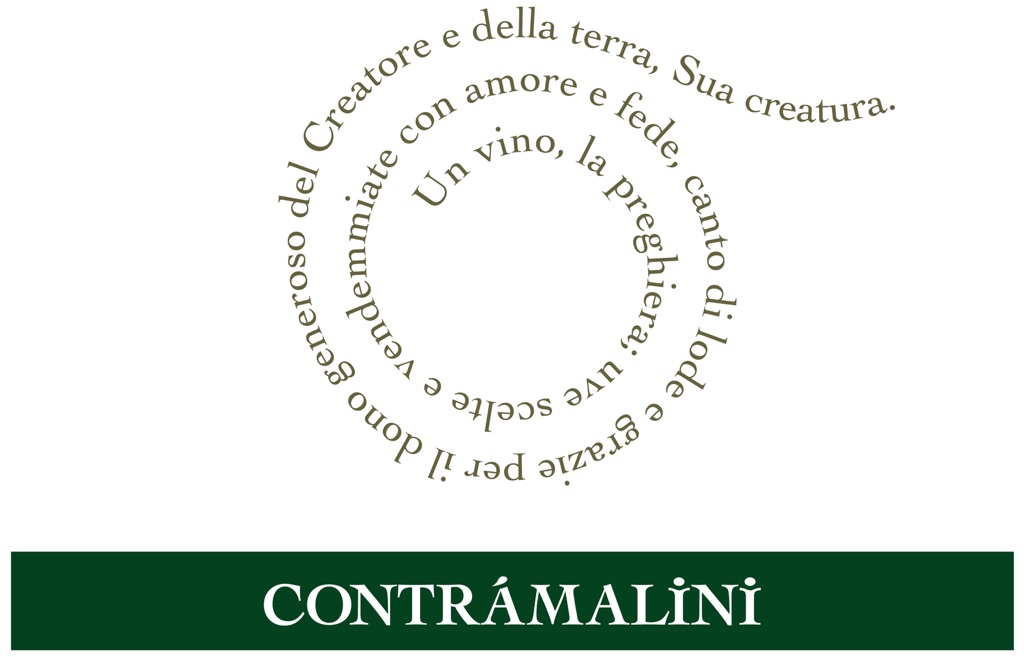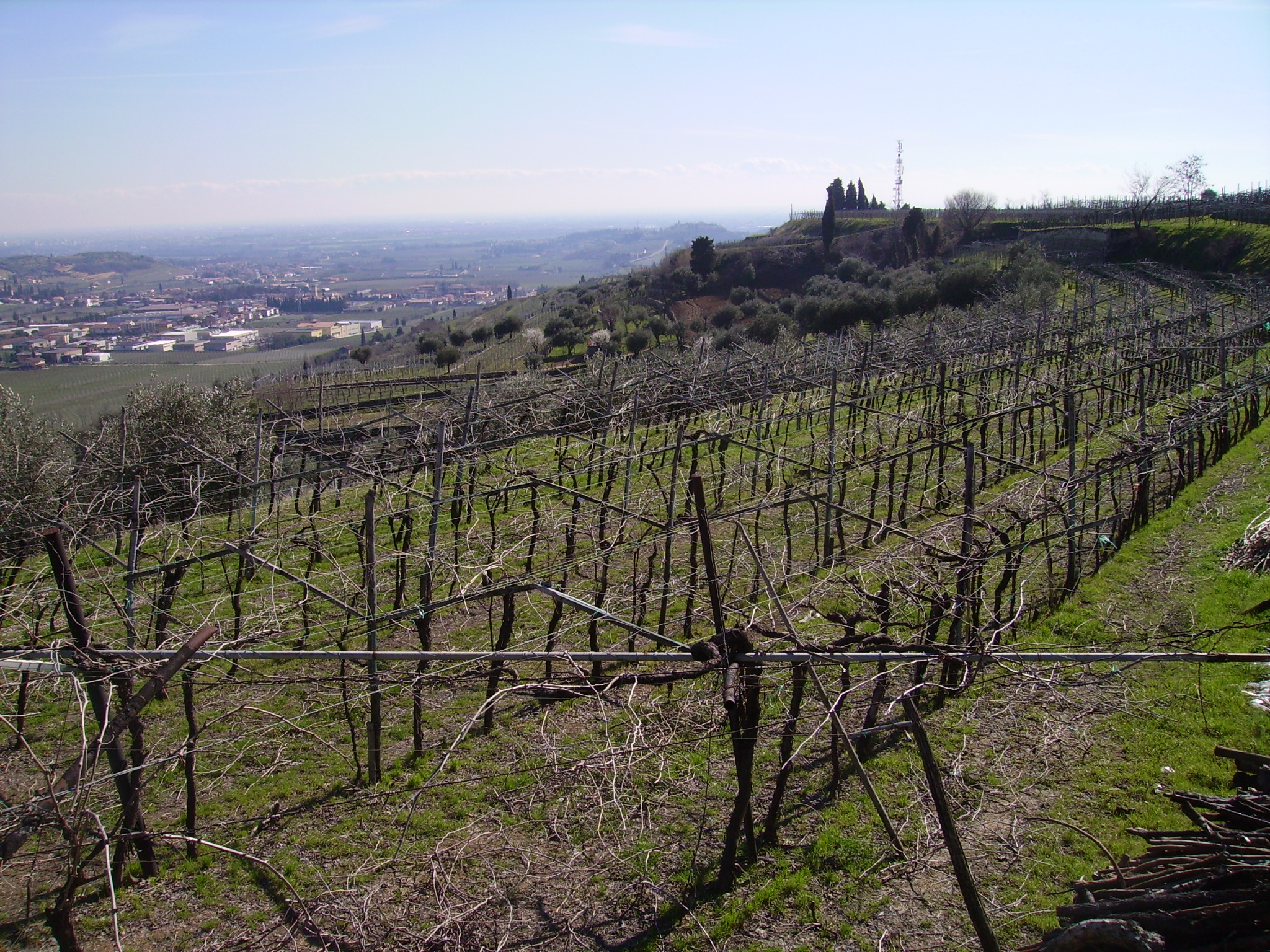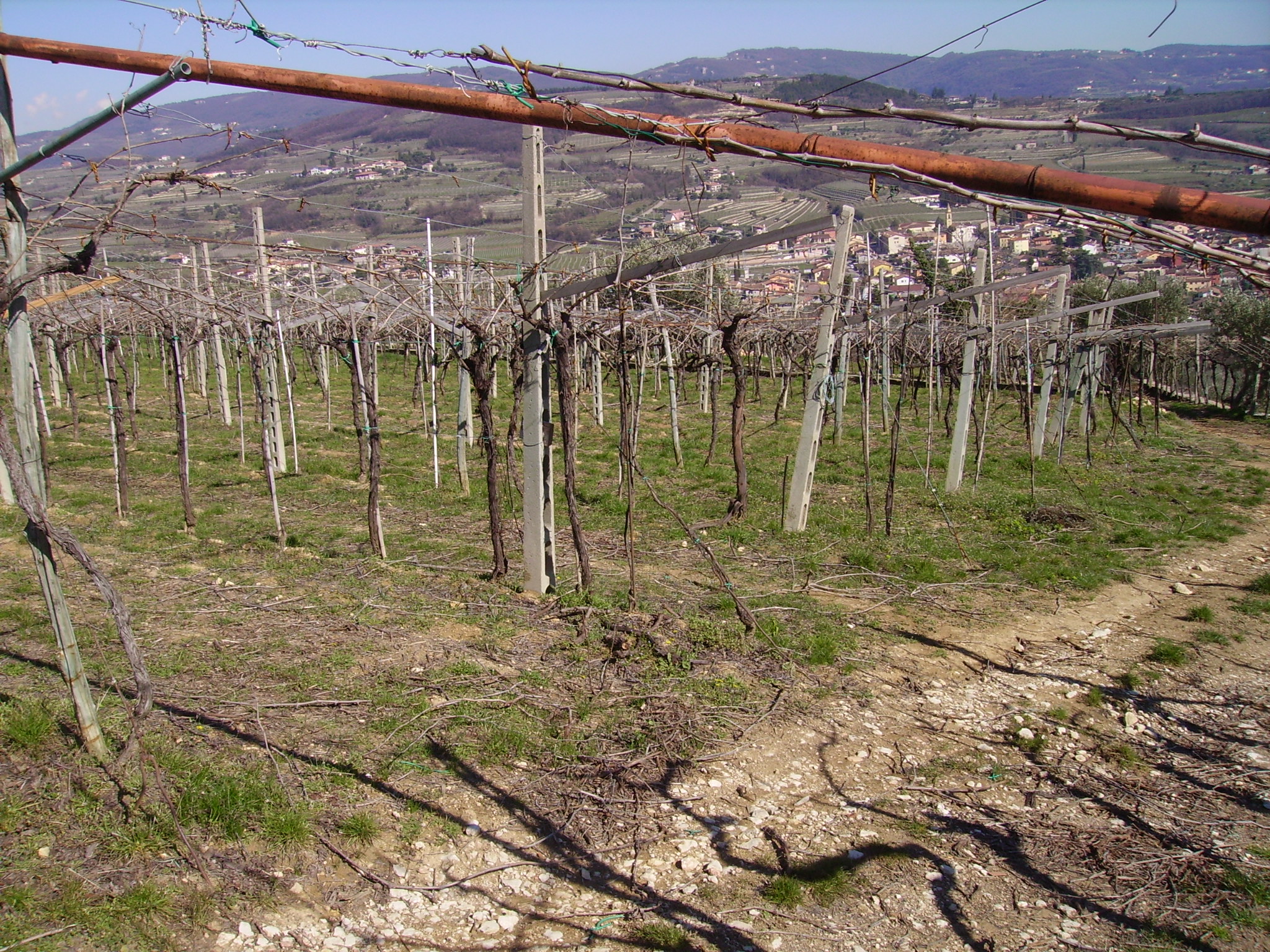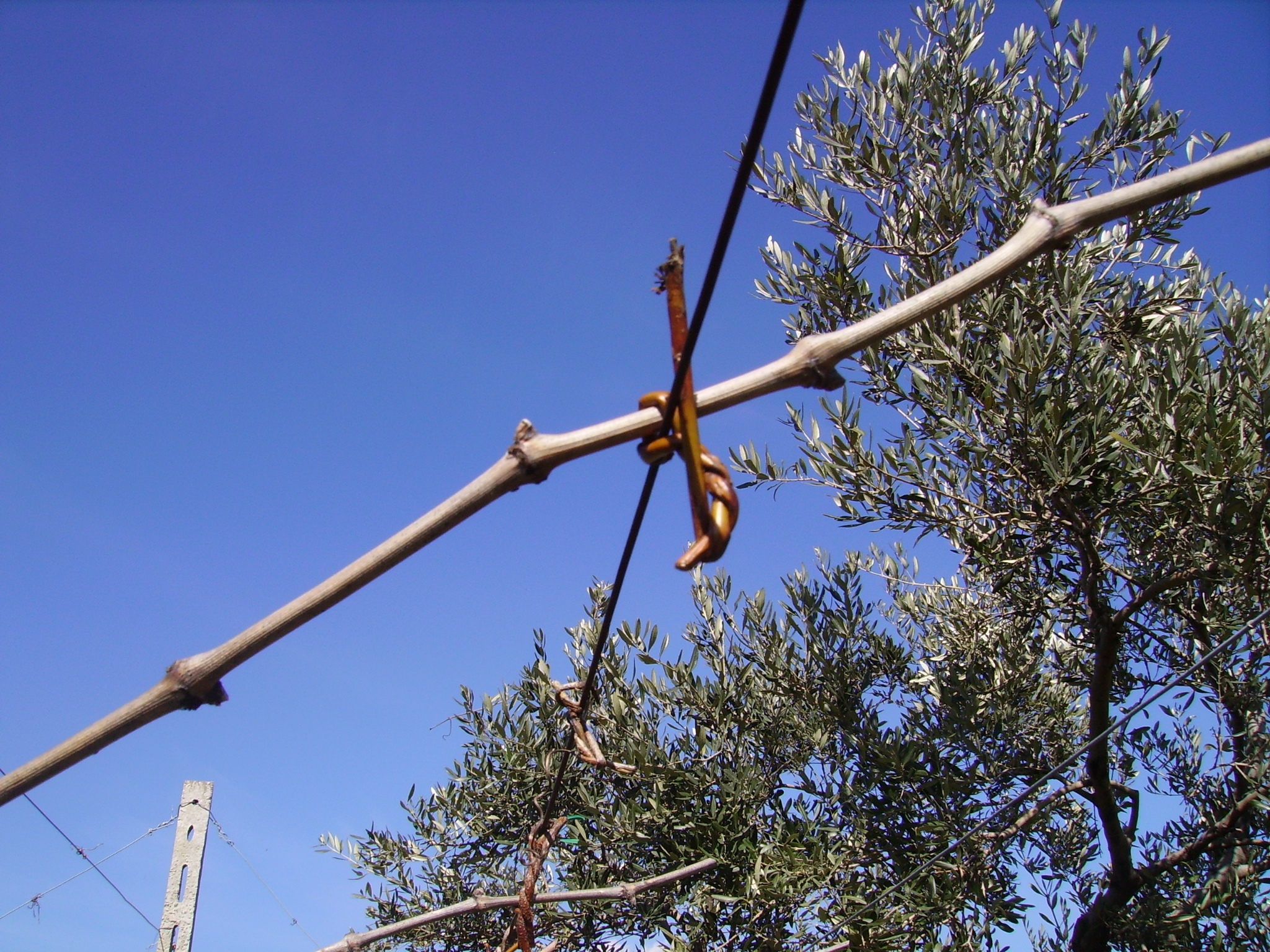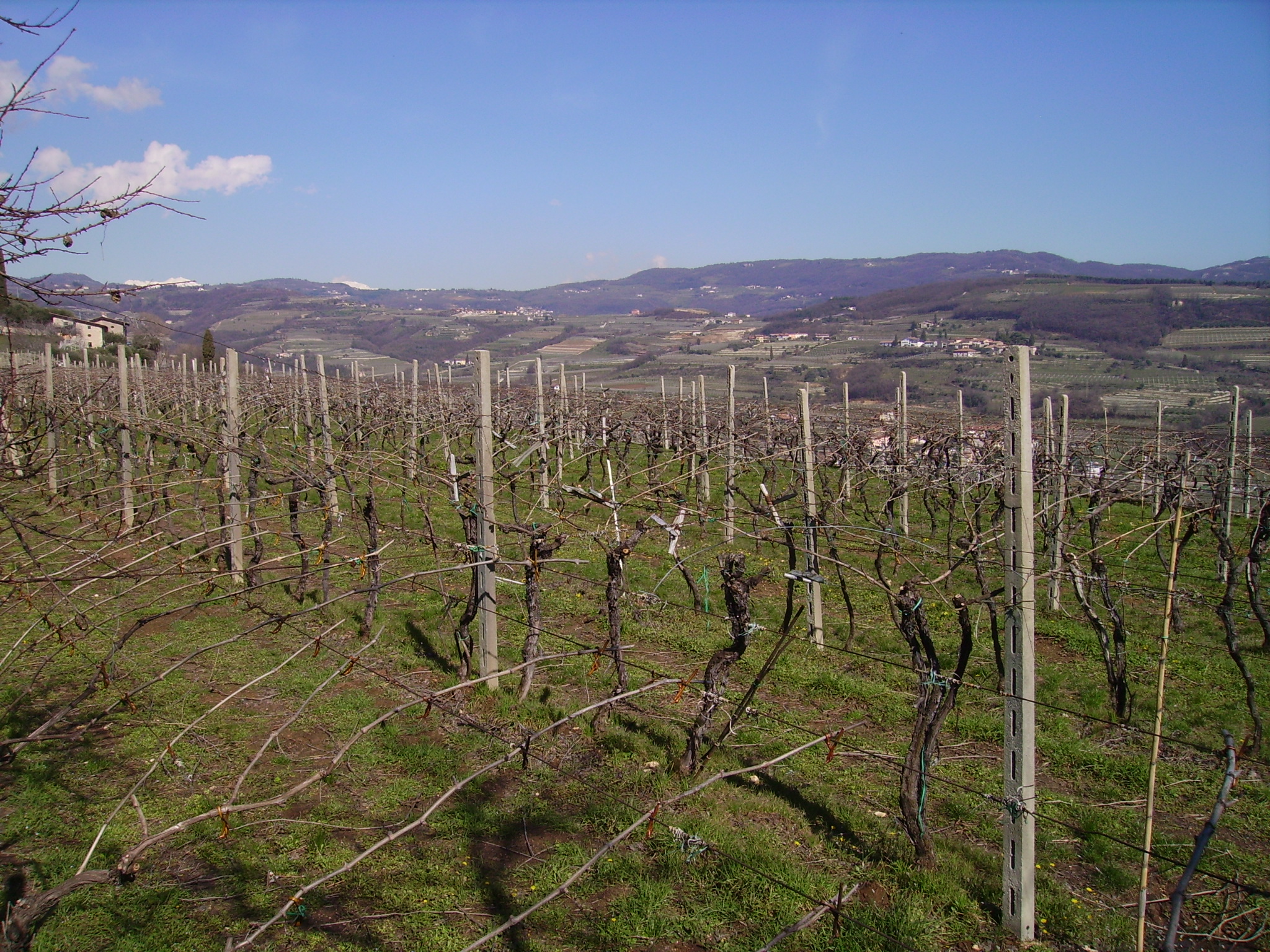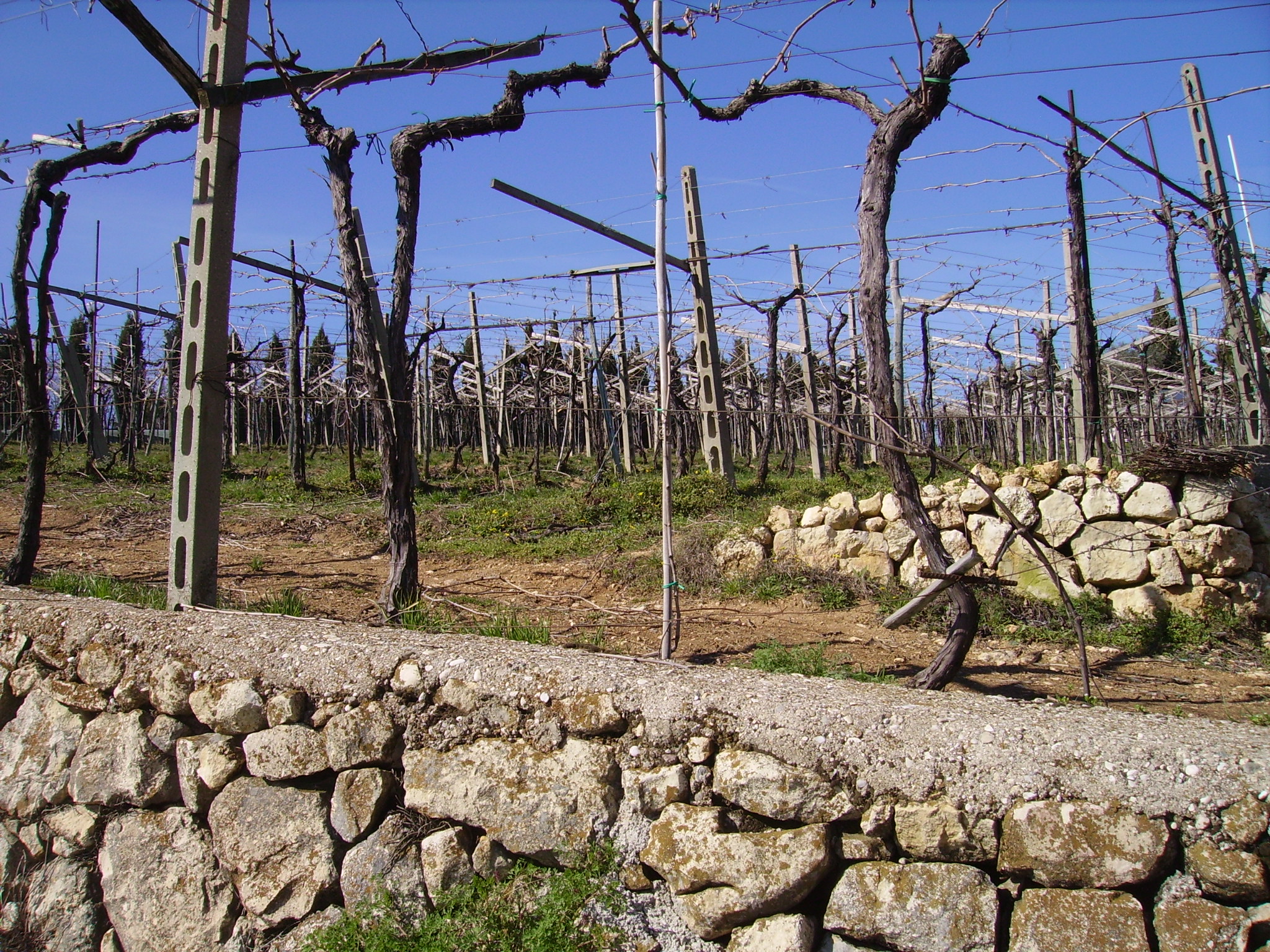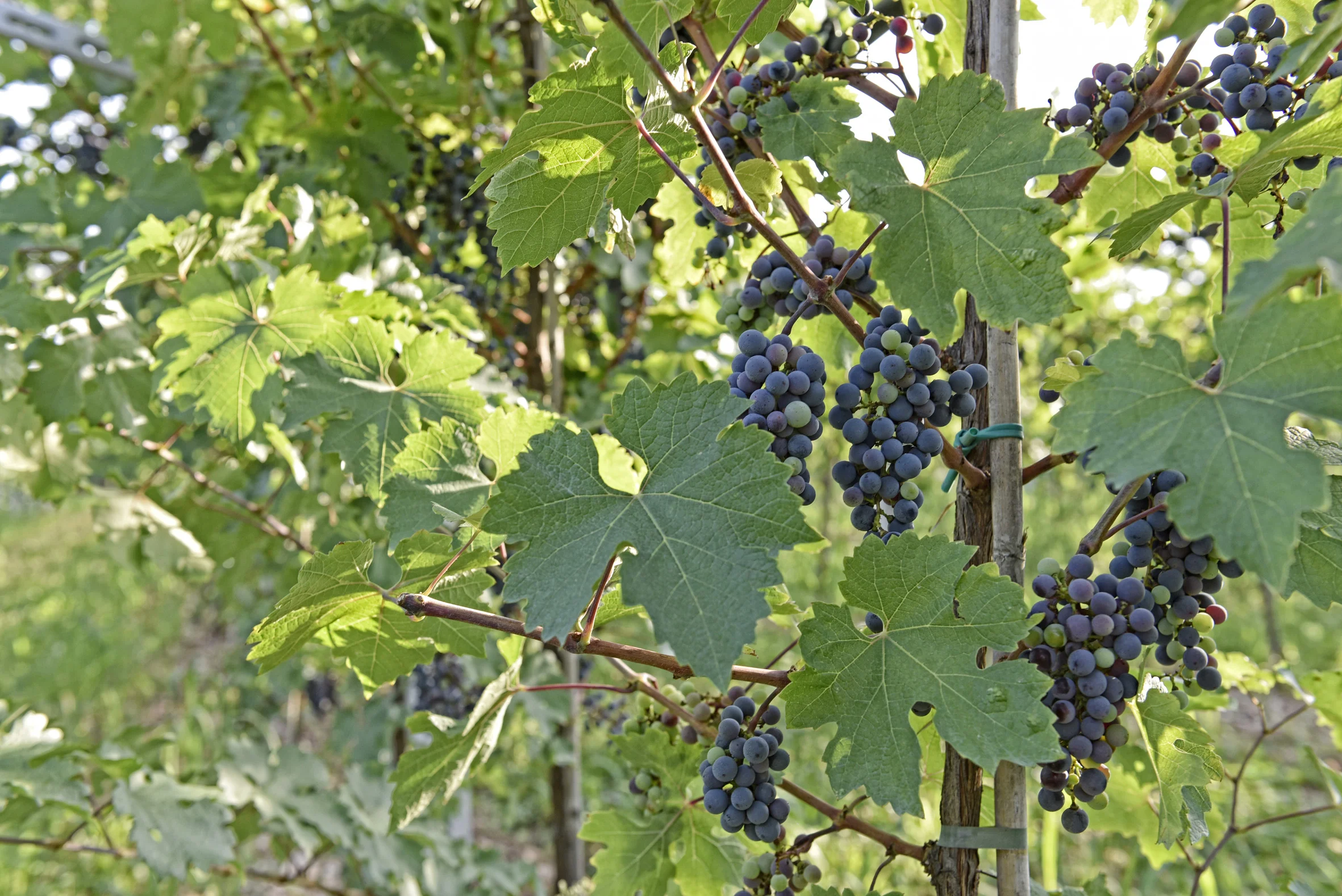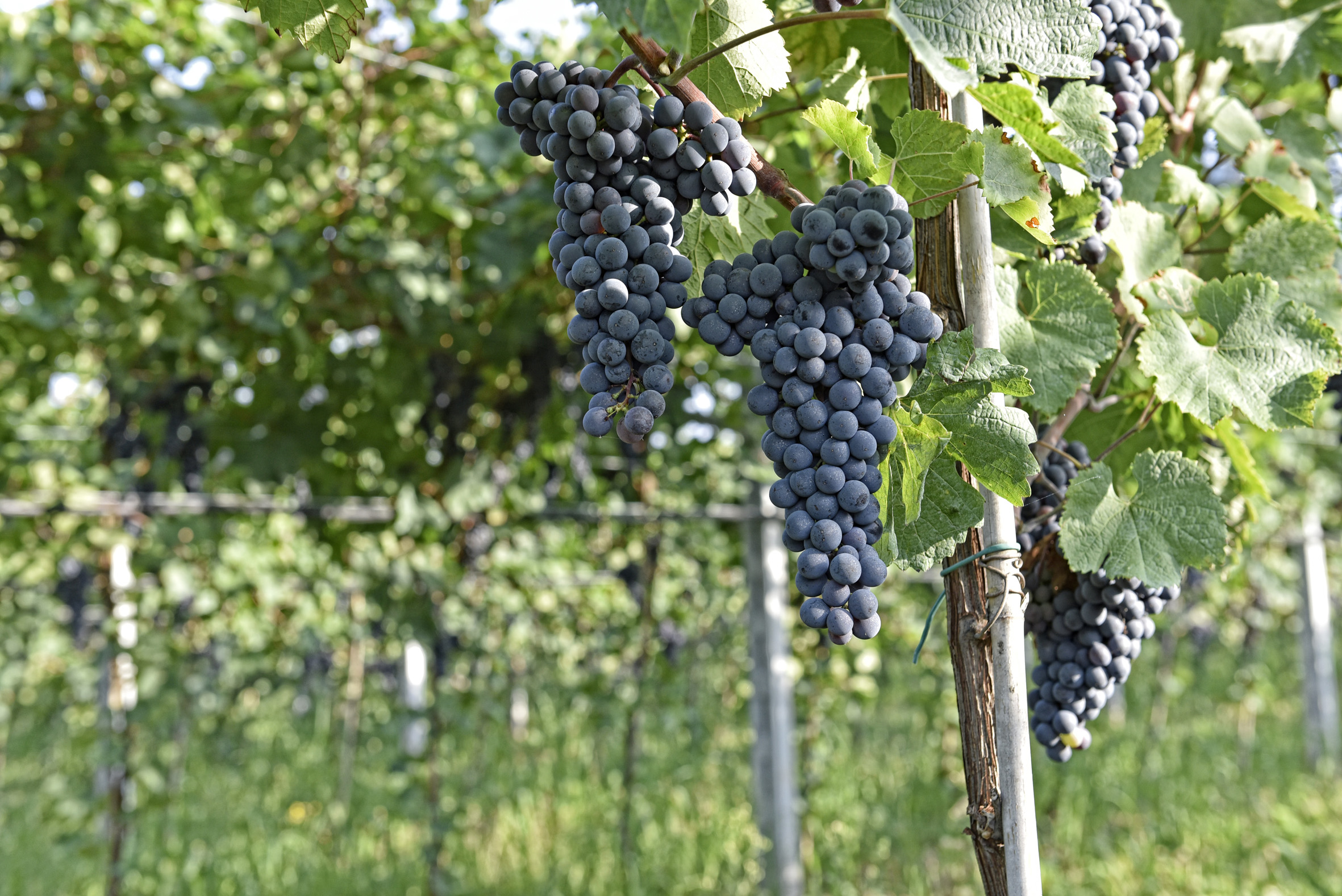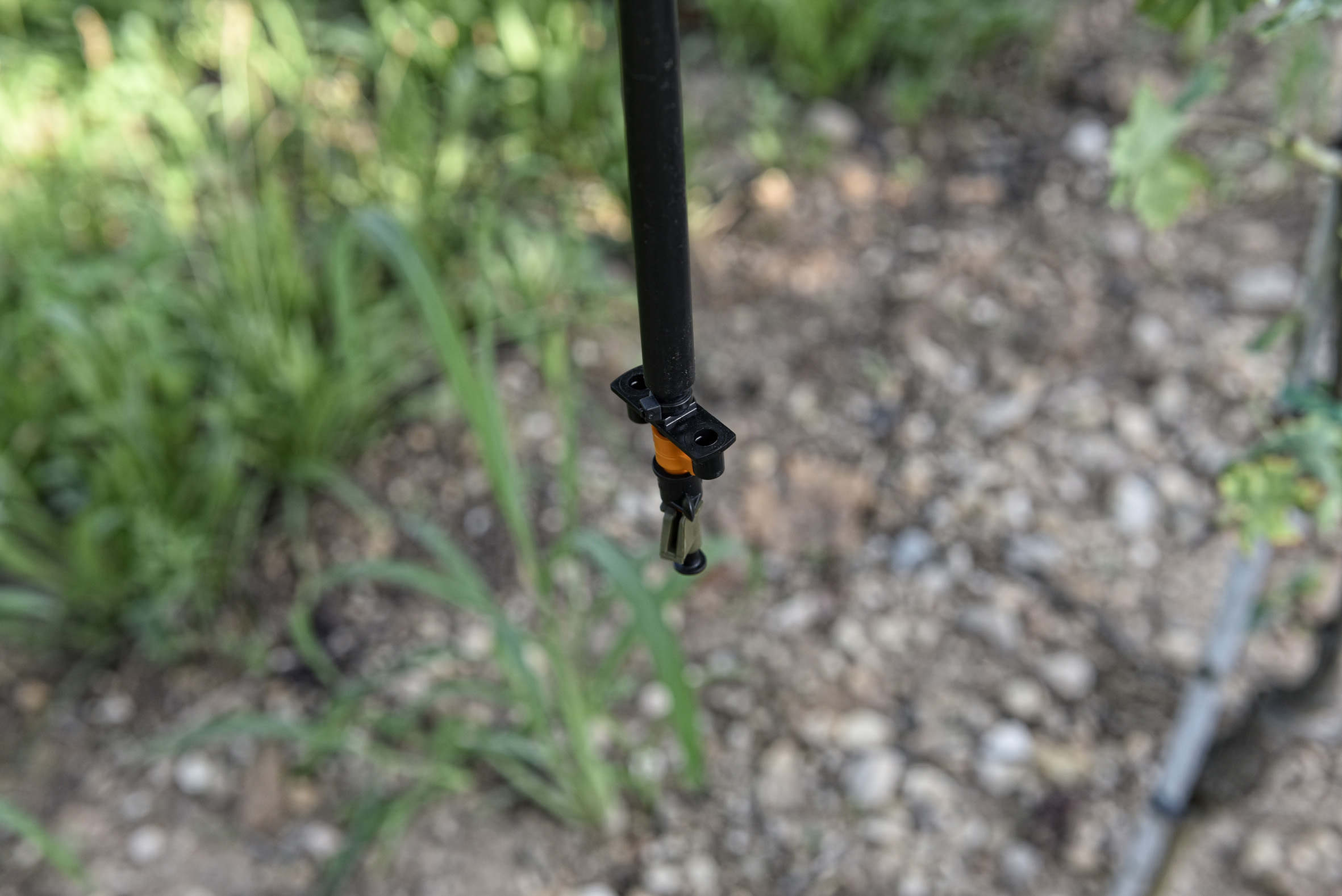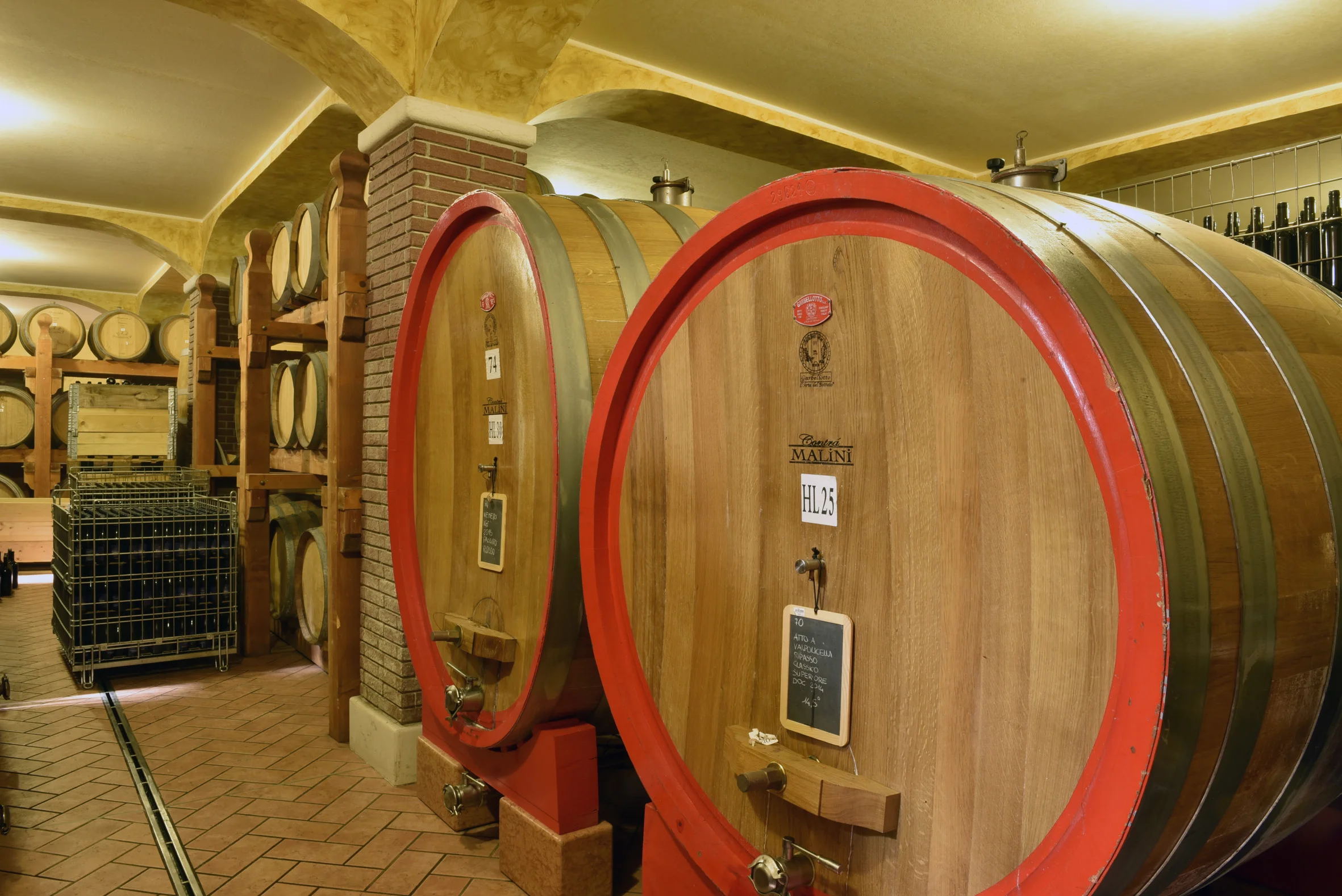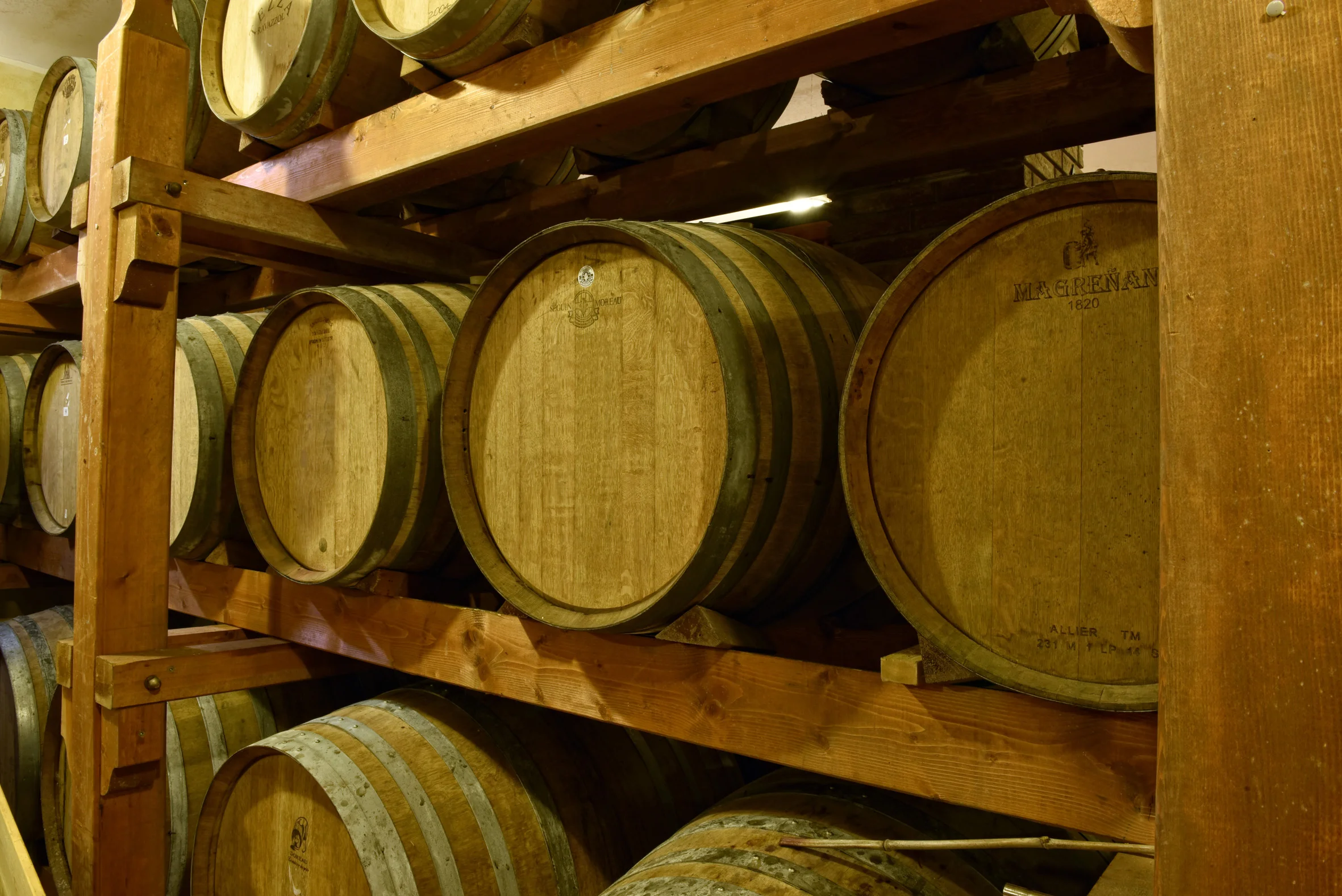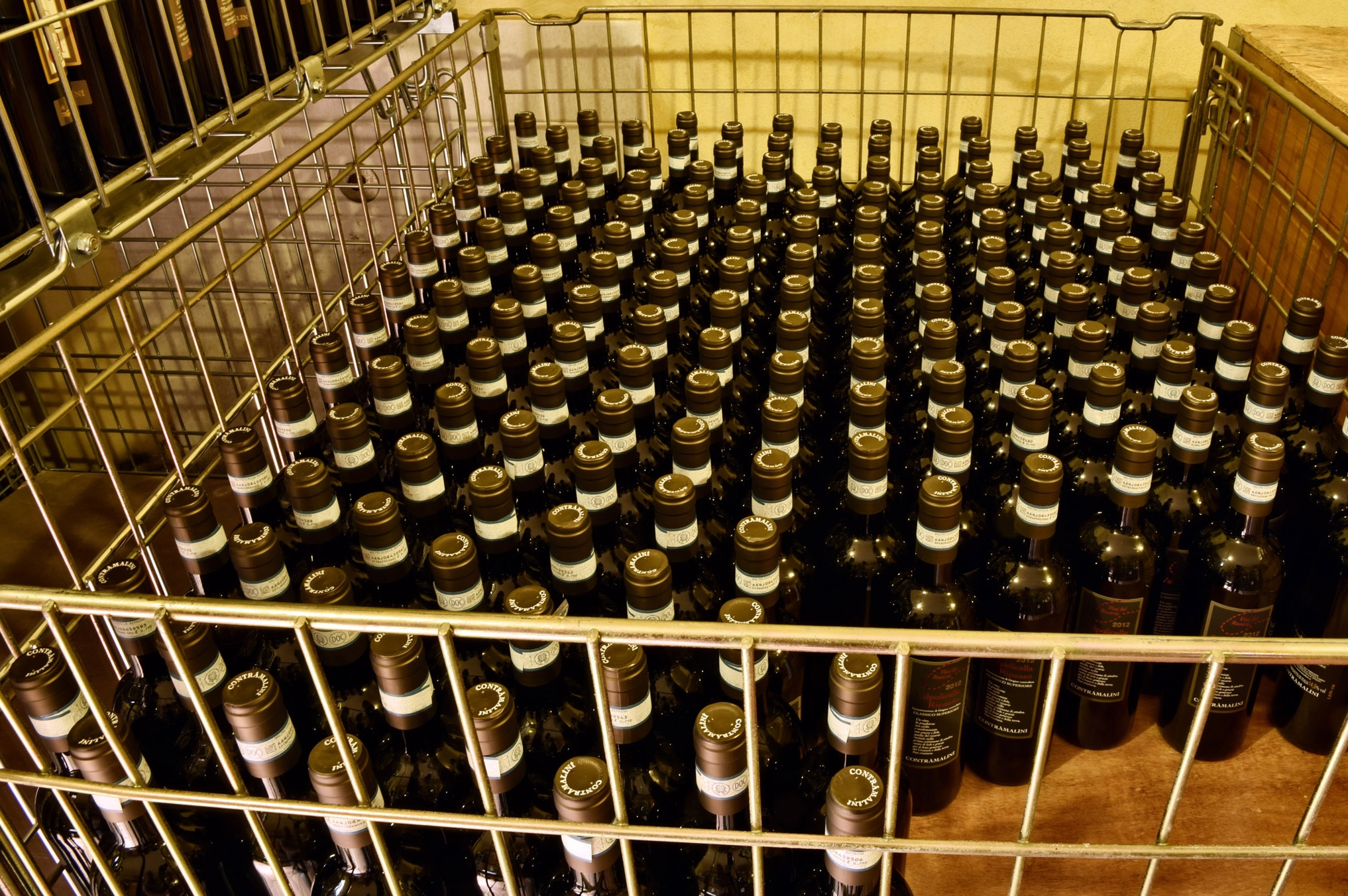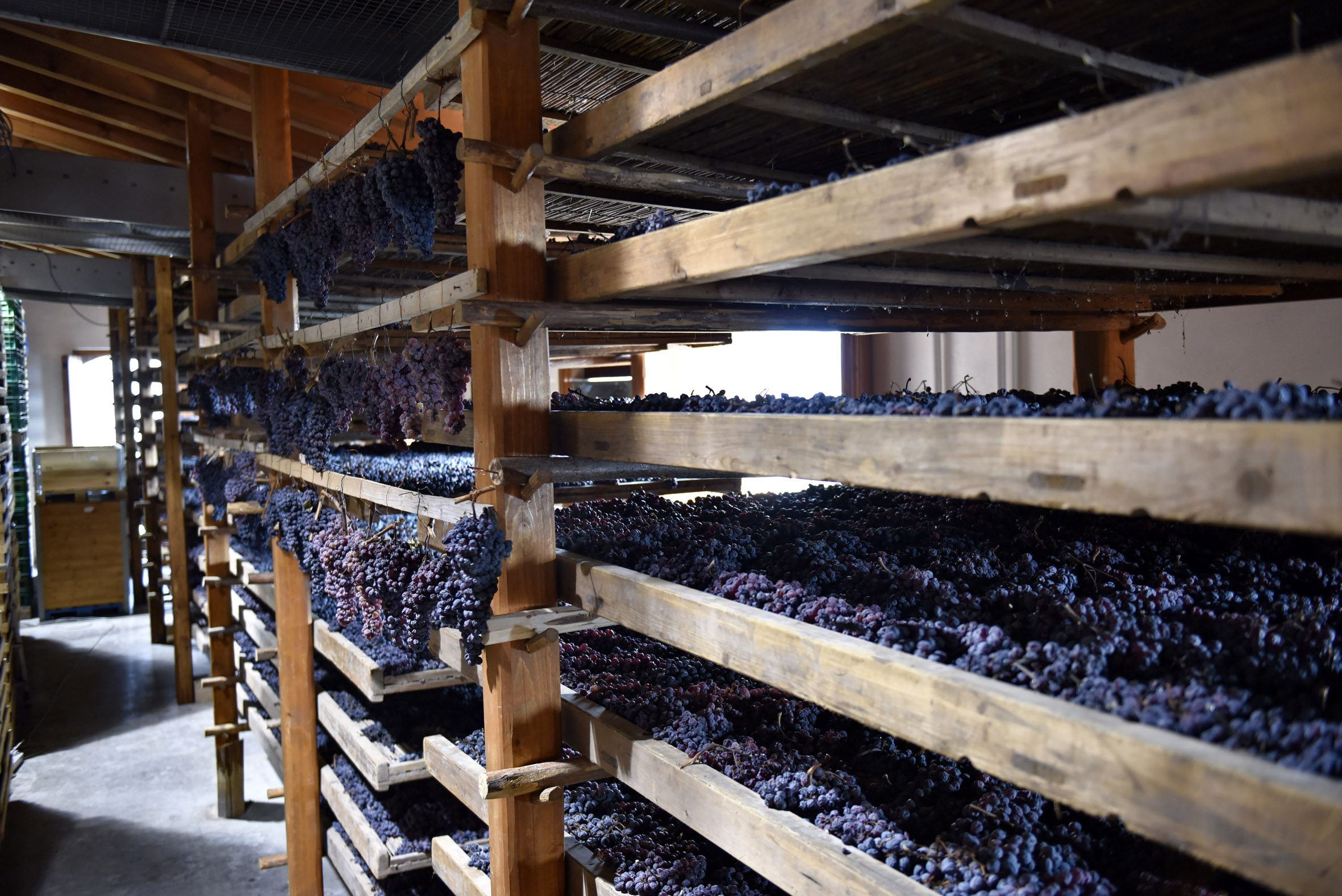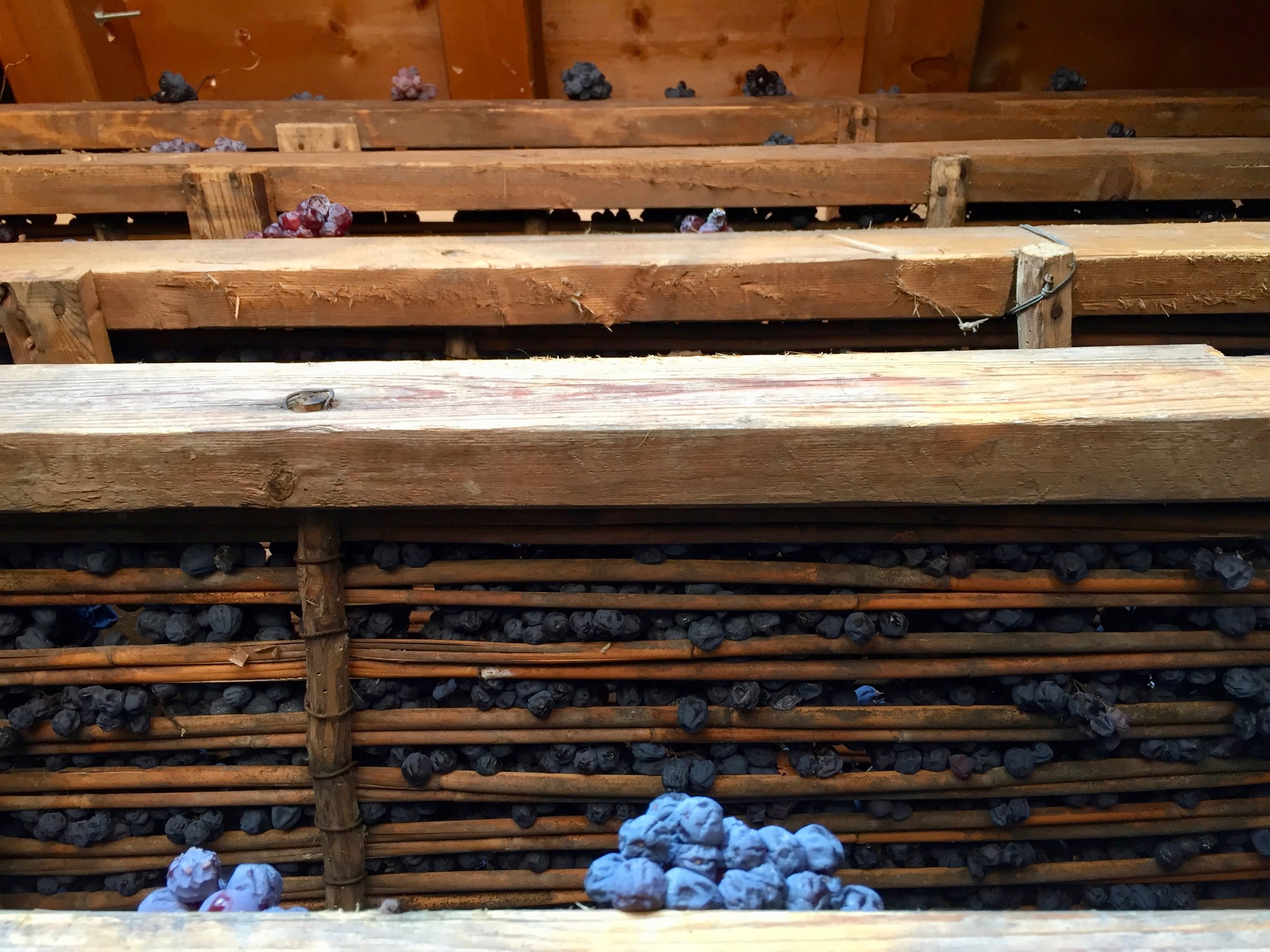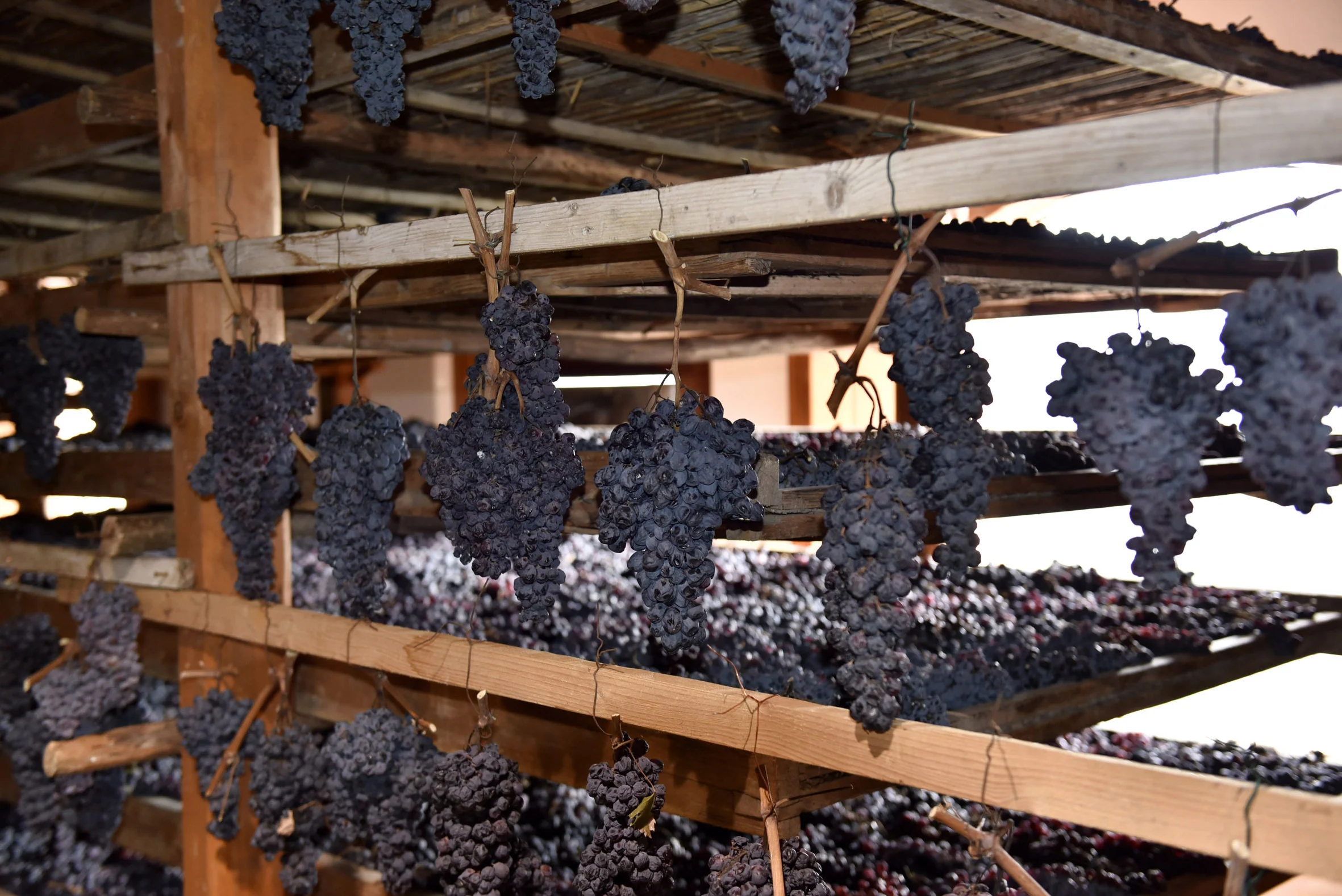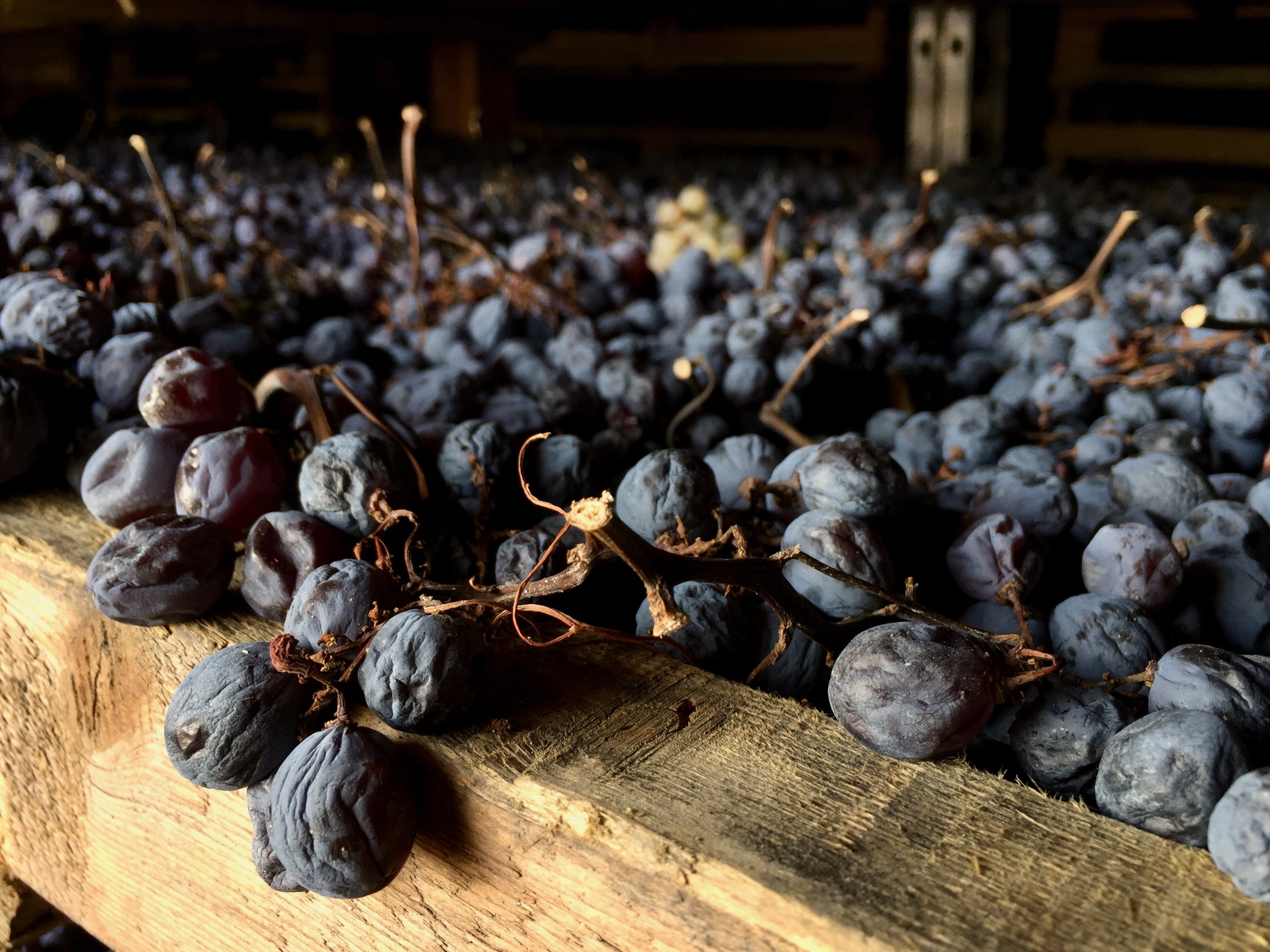Contrámalini:
contemporary spirit and ancient traditions
A passion for the land, its ancestral traditions and its rhythms was passed on from his grandfather to Fabio Tezza. He, however, though he considers himself an heir to this legacy of atavistic methods and know-how, does not minimize the importance of modern oenological science in transforming grapes into wine…
Ruvaciolo and the Casa del Sole
What we know today as the hamlet of Ravazzol was, in the Middle Ages, also referred to as Ruvaciolo, and was the site of the vicus of Malino, one of the many little settlements that were then dotted around all of the Valpolicella area.
The name of the estate, Contrámalini, is intended as a tribute to local history and to its first inhabitants, the original custodians and beneficiaries of the countryside in what is today one of the most distinctive stretches of the valley of Marano di Valpolicella.
The estate’s foundation dates back to 1954, but it was only in 1998 that construction work began on the new winery, which was inaugurated 5 years later: a facility eagerly desired by Fabio Tezza, who represents the third generation of the family and today runs the company with the help of his wife Chiara and the support of his father.
A passion for the land, its ancestral traditions and its rhythms was passed on from his grandfather, a sharecropper, to Fabio Tezza. He, however, though he considers himself an heir to this legacy of atavistic methods and know-how, does not minimize the importance of modern oenological science in transforming grapes into wine.
So, along with the traditional racks known as arele that have been used in Valpolicella for centuries for drying the grapes, you will find in the vinification area state-of-the–art presses and fermentation vats, so that we don’t ruin with inadequate equipment all the good that Nature is capable of expressing in the grapes of every vintage.
“Casa del Sole”: that was the name given to a particular zone of the district of Ravazzol.
The south-easterly exposure of this hill has in fact encouraged human settlement since time immemorial, favoured also by the presence of a spring that is still used by the local families and whose water flows into an ancient fountain with a characteristic wash trough in pietra di Prun (a local stone).
This environmental and micro-climatic site has also proven itself to be one of the best spots for the cultivation of vines, which here take full advantage of the hours of sunlight throughout the whole of the year.
The vineyards
At present, the Contrámalini vineyards are at Marano di Valpolicella and at Balconi di Pescantina: there are roughly 4 hectares, partly family-owned and partly rented.
On the hill of Marano the terrain has a south-easterly exposure and is composed of clay, with little depth. Here, the grapes grown using the traditional Veronese Double Pergola system (with a plant density of roughly 2,500 vines per hectare) are the indigenous red varieties Corvina, Corvinone, Rondinella, Molinara and Croatina, and two international ones: Merlot and Cabernet Sauvignon.
At Balconi di Pescantina, near the River Adige, the soils are sandy with a considerable stone content, and are irrigated. Here, the grapes cultivated using the traditional Veronese Double Pergola system (with a plant density of roughly 2,800 vines per hectare) are both white (Garganega and Incrocio Manzoni) and red (Cabernet Sauvignon, Merlot and some particular Italian varieties).
For some years now, Fabio Tezza has chosen not to use systemic plant protection products (that is, of the type that penetrate into the plant), but rather to adopt “guided conventional treatment”, which involves treating the vines with products that are as natural and non-invasive as possible, such as copper and sulphur, and only when really necessary. Also, the grass that grows between the vines is mown only with a brush cutter and just enough so that the work of looking after the vines is not hampered; because – if the final quality of the grapes is Fabio Tezza’s objective, that quality cannot ever disregard great attention to the healthiness of the environment.
In the winery
“I was born in the midst of the scents of Recioto and of fermenting grapes, and ever since I was 5or 6 years old I had great fun helping my father and my grandfather, pressing the grapes with our old press… For this reason I decided to study agriculture and later, when I started to work, I used the first money that I managed to save to buy my first 6 thousand square metres of land…”.
1992 saw the beginning of an adventure that has continued to the present day. At that time, Fabio Tezza had to make do with processing the grapes underneath his home (in the little cellar that he had built himself and with the help of his father) and with drying the bunches in his loft. Bit by bit, the winery was patiently enlarged until, in 2003, it took on its present shape. In the subsequent years the first equipment for the vinification and maturation of grapes and wine also began to arrive: temperature-controlled fermentation vats, the first bottling line, an automatic press, casks and barriques and stainless steel tanks for storing the wines.
Thanks to simple expedients such as temperature control, the practices of pumping over the must and punching down the cap, the use of nitrogen (produced at the winery, using our own generator) in order to avoid having to use antioxidants that are harmful for one’s health, and thanks to Fabio Tezza’s decision to mature his wines for a long time in wood, the Contrámalini wines have acquired an increasingly marked personality in recent years, whilst at the same time never losing the unmistakable characteristics that are typical of the Marano valley: freshness, tanginess and balance.
The drying loft
The room where the grapes “rest”, as we say in Valpolicella, that is to say where they dry quite naturally, without being forced and especially without any hurry, is to all extents and purposes another of the key places in Contrámalini’s wine production.
Here, in fact, the grapes dry following a tradition that is over a thousand years old, using equipment and procedures that have been handed down through the ages, with just a very few concessions to the modern era: large horizontal frames support the “arele” (drying racks) on which the larger bunches are carefully laid, having been selected during harvesting because of their size. On their bed of canes they will be subject to greater ventilation and so will be able to dry in a uniform manner. The other – smaller – clusters are placed in wooden crates, because these are able to absorb the juice of any berries that are split during harvesting, thus avoiding dampening the bunches underneath.
There are two particularly important “instruments” during the drying process: time and patience. As we do not use de-humidifying equipment, which is capable of accelerating the evaporation of the water contained in the grapes, the time required for drying them increases: at least 100 days – and often more – are necessary to trigger off the microscopic chemical and physical reactions that are responsible for the unmistakable scents and flavours of Amarone and Recioto.
And if the grapes for the Amarone are the first to be pressed, when they have attained the right concentration of sugars and other elements, those for the Recioto and for wines like “Falà" and “Ismaero” are the last: in this way, we maintain in the Recioto the sugar content that is typical of this classic sweet wine of Valpolicella, and ensure in the other two a higher level of alcohol.
